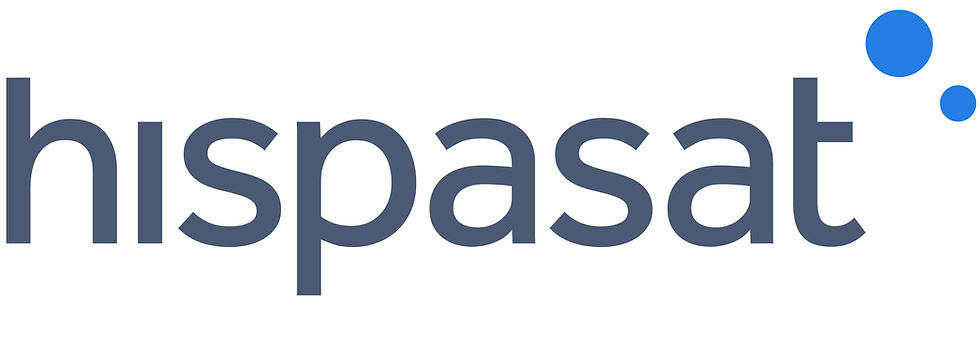GHGSat launches free service to contribute to global transparency in methane emissions
- Satellite Evolution

- Nov 7, 2022
- 2 min read
GHGSat, the global leader in high-resolution greenhouse gas monitoring from space, is today launching a free version of its emissions intelligence platform, SPECTRA. This service will include an upgraded version of PULSE, the methane visualization tool first launched by GHGSat in 2020, as well as access to a gallery of samples of methane measurements from GHGSat and other satellites. GHGSat is offering this free service as the world comes together for COP27 on the 30th anniversary of the adoption of the United Nations Framework Convention on Climate Change.

SPECTRA will build on the popular success of PULSE, a unique global map showing methane (CH4) concentrations in Earth’s atmosphere, which attracted tens of thousands of users in its first week alone. PULSE provided rolling monthly average concentrations of methane, updated weekly. Today’s upgrade will provide higher temporal resolution, by providing weekly average concentrations of methane on the same 2km x 2km grid, worldwide.
The free SPECTRA subscription service draws on data from the TROPOMI space mission and GHGSat’s high-resolution to enable users to see methane concentration changes regionally and around the world. A simple date-slide function shows how emissions change over time, tracking back up to April 2020.
Access to the gallery of methane measurements that have been shared for free via scientific papers, web articles, press releases, and social media will also be available to subscribers. The gallery feed will be updated weekly with new measurements. By providing these visualizations within SPECTRA, GHGSat will make it easy for the public to view examples of methane emissions worldwide.
SPECTRA is the only emission data platform designed to deliver high-resolution satellite emission measurements within days to customers including operators and governments. Data subscribers with access to expanded functionalities and features can analyse GHGSat’s emission data with third-party information to advise on mitigation strategies and emissions risks. All SPECTRA subscribers will have access to the free services announced today.
Stephane Germain, CEO at GHGSat said, “With PULSE, we gave the world a unique visual tool to support the conversation on methane and promised to improve the map. With today’s announcement, we are upgrading this free and unique service within SPECTRA. Global transparency in methane emissions is available today, and we want to drive the world to action - now.”
GHGSat launched three more satellites in 2022 doubling the size of its constellation and will have 10 commercial satellites in operation by the end of 2023. All this data will feed into the SPECTRA emission intelligence platform and its subscriptions, and GHGSat commercial services.
The company is the first to provide high-resolution data to the International Methane Emissions Observatory, a UN programme has been awarded Third Party Mission status from the European Space Agency and has been contracted by NASA’s Commercial SmallSat Data Acquisition Programme. This year alone, GHGSat was the first to spot methane plumes in high resolution from an agricultural source from space and detected the smallest methane emission from an off-shore oil and gas facility from space. GHGSat also provided the world’s highest resolution measurement of methane emissions from the Nord Stream pipeline.



Comments